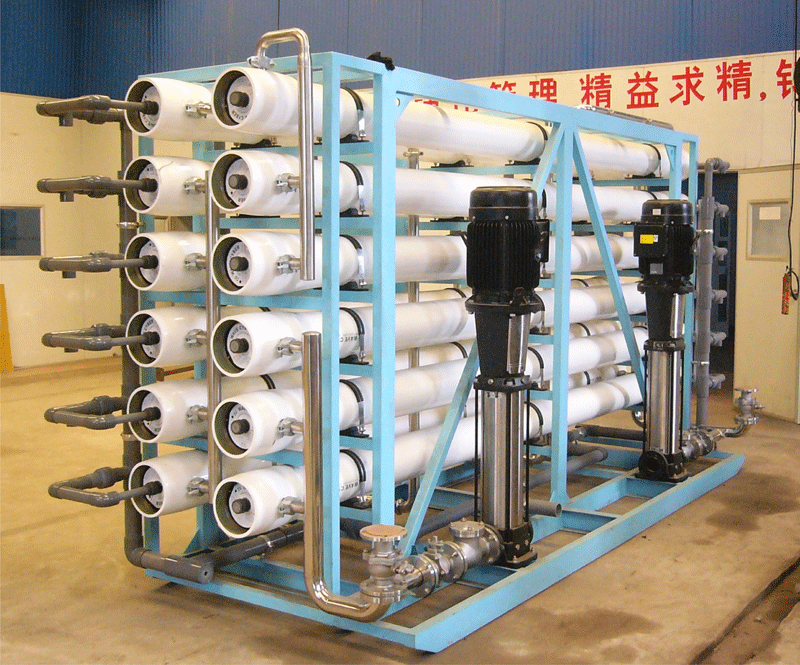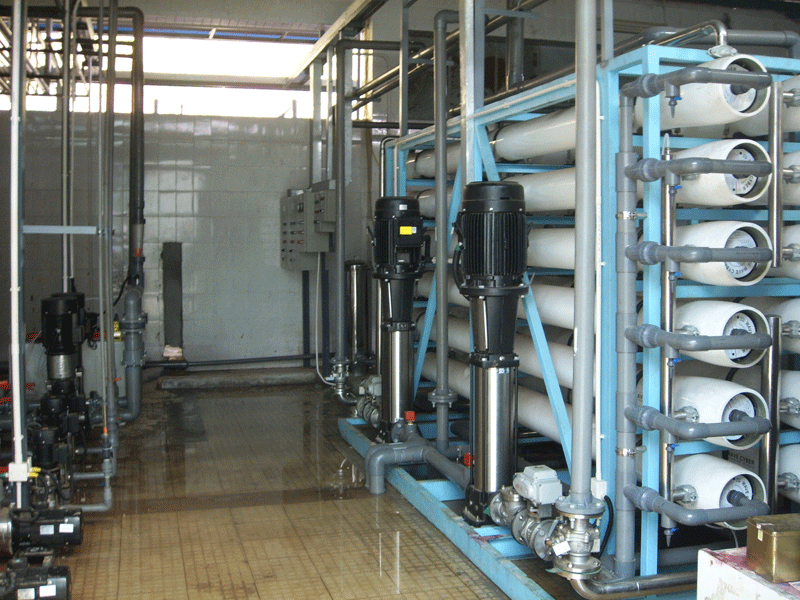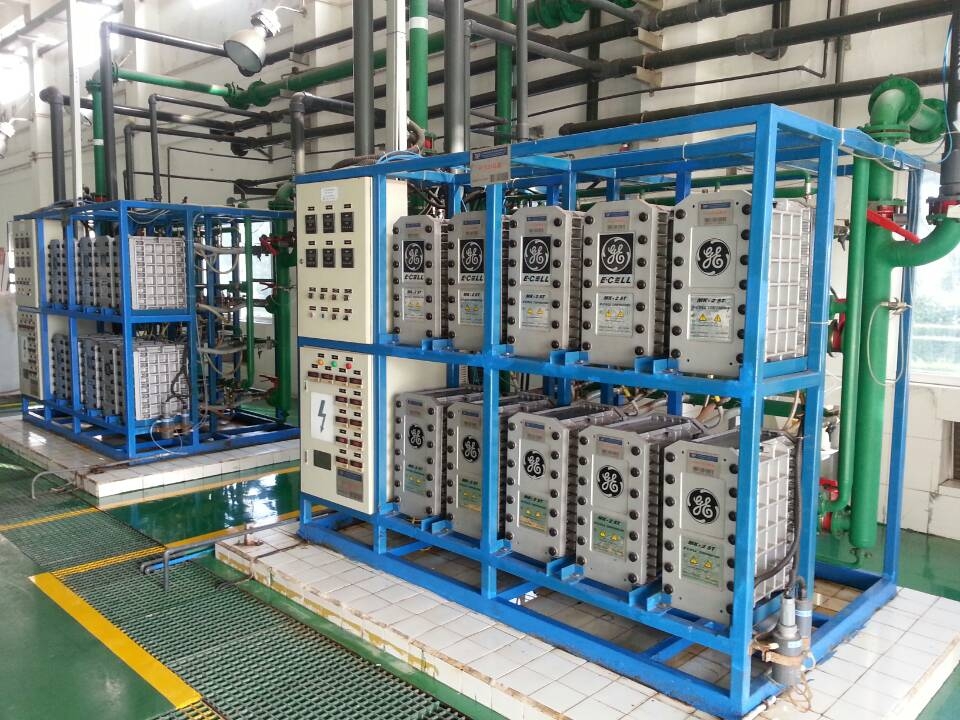
Home | INDUSTRIAL PURE WATER APPLICATION | Ultra pure water(UPW) use in electronics/optics
INDUSTRIAL PURE WATER APPLICATION
Ultra pure water(UPW) use in electronics/optics
RO membranes also have strict demand on its feed water quality, SDI, residual chlorine, turbidity, etc. in order to protect RO membranes, a reasonable pretreatment system and an assisting dosing system must be devised to work along. The pretreatment system always consists of multimedia filter, activated carbon filter, ultrafiltration, these physical filters clear out big particles, bacteria, organic macromolecular.
The complete membrane method water treatment technology is effective, safe, stable, environmental protective, thus becoming more and more popular worldwide in industry water treatment. The most common process is listed below.
|
Step |
Process |
Usage |
|
1 |
Multimedia filter |
Sediment particles |
|
2 |
100-micro filtration |
Particles |
|
3 |
Ultrafiltration |
Particles, some bacteria |
|
4 |
5-micro filtration |
Particles >1 µ |
|
5 |
Reverse osmosis (1st pass) |
TDS down to 5 ppm |
|
6 |
1-micro filtration |
Bacteria |
|
7 |
Reverse osmosis (2nd pass) |
TDS down to 1.3 ppm |
|
8 |
EDI |
Residual salt, organics |
According to the information customer provided we help design the tailored water purification system for customers, taking consideration of invest, space, product quality, etc. Conhoo provide quality assurance in all our products and services by successfully competing other players in the water purification field. Until today, Conhoo has provided service for over one hundred customers, in Asia, Africa, and many other places on earth.
Project name:UPW use in Xintai Optical Shenzhen
Site:Shenzhen
Capacity:1200T/D
Source water :tap water
Process:quartz sand+activated carbon filter +2stage RO +EDI
The output water is qualified to meet the electronic pure water standard
Service Date:sep 2007
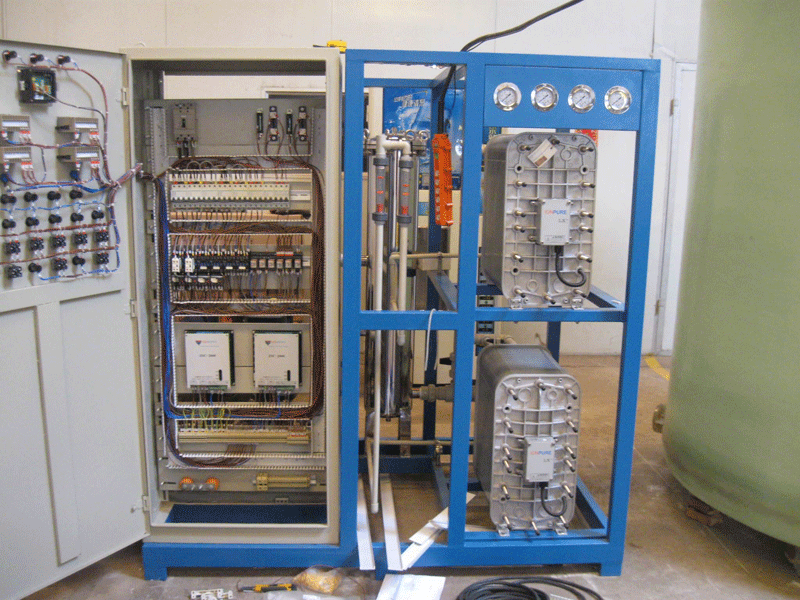
Assembling
and wiring work
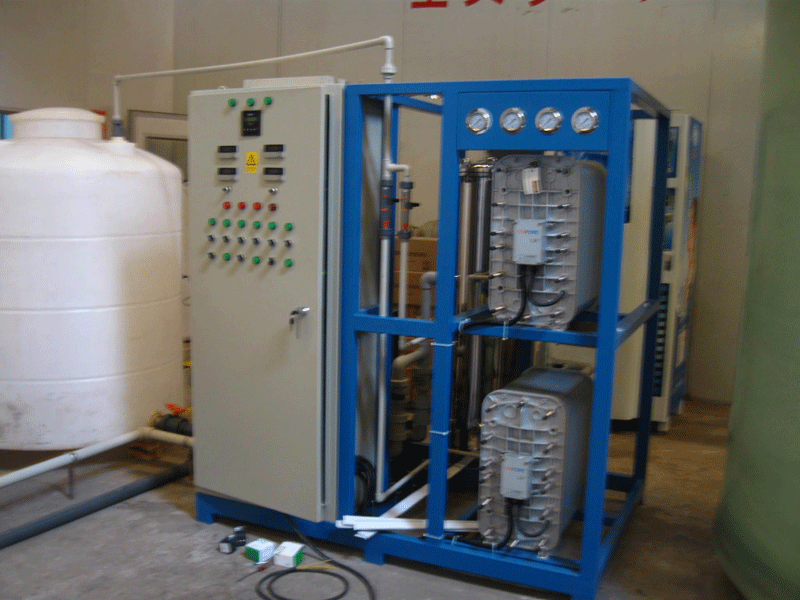
EDI overview and control panel
